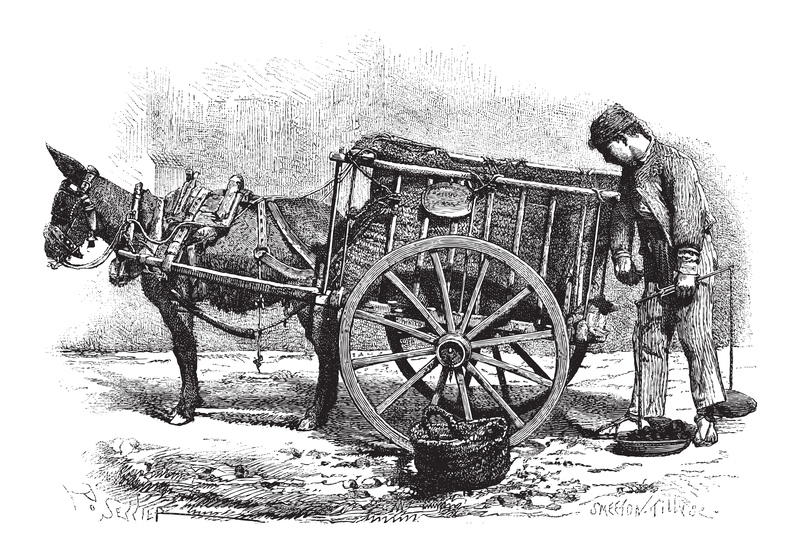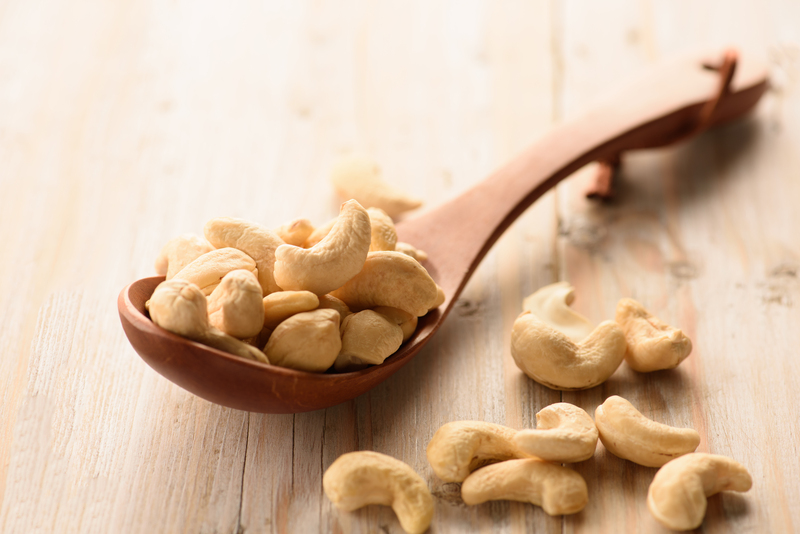Guidelines for Handling Biodegradable Waste
Posted on 12/02/2025
Biodegradable waste, also known as organic waste, consists of materials that can be decomposed by natural organisms and biological processes. Proper management of this type of waste is crucial for environmental sustainability. The following guidelines outline effective methods for handling biodegradable waste responsibly.
Understanding Biodegradable Waste
Biodegradable waste includes items such as food scraps, yard trimmings, paper products, and certain types of packaging. These materials decompose naturally, turning into harmless substances over time. The process contributes to soil health, reduces greenhouse gas emissions, and minimizes the need for landfill space.

The Importance of Proper Waste Segregation
Segregating waste at the source is the first step in managing biodegradable materials effectively. Households and businesses should use separate bins for organic waste, recyclable materials, and non-recyclable waste. Proper labeling and public awareness campaigns can further facilitate this practice.
Composting: Turning Waste into Resource
Composting is a popular method of recycling organic waste. Through aerobic decomposition, organic materials break down into a nutrient-rich soil amendment known as compost. Here's how you can start composting:
Setting Up a Compost Bin
Choose a suitable location for your compost bin, ideally a dry, shady spot near a water source. You can purchase a compost bin or create one using wooden pallets or wire mesh.
Feeding Your Compost
Balance green materials (such as fruit and vegetable scraps, grass clippings) and brown materials (like leaves, straw, and cardboard) to maintain an effective compost. Avoid adding meat, dairy, and oily foods as they can attract pests.
Maintaining Your Compost
Regularly turn your compost to aerate it and speed up the decomposition process. Ensure the compost remains moist, but not waterlogged. In about three to six months, you should have ready-to-use compost.
Vermicomposting: An Alternative to Traditional Composting
Vermicomposting uses worms, usually red wigglers, to break down organic waste. The resulting product, called vermicompost or worm castings, is highly beneficial for soil health. Here's a quick guide to vermicomposting:
Creating a Worm Bin
Select a container with proper ventilation and drainage. Add bedding material such as shredded newspaper or cardboard, then moisten it to create a hospitable environment for the worms.
Feeding the Worms
Introduce the worms to your bin and begin adding small amounts of kitchen waste. Over time, you can increase the quantity as the worm population grows. Avoid feeding the worms citrus, onions, and spicy foods as these can harm them.
Harvesting Vermicompost
After a few months, your bin will contain rich vermicompost. Transfer the worms to a new bin, then collect and use the vermicompost in your garden.
Biodegradable Waste Disposal for Urban Areas
Urban settings pose unique challenges for biodegradable waste management. Municipalities play a key role in providing adequate facilities and services. Here are some strategies for urban environments:
Community Composting Programs
Cities can establish community composting sites where residents drop off organic waste. These programs often include educational workshops and volunteer opportunities to promote sustainability.
Organic Waste Collection Services
Some municipalities offer curbside collection of organic waste. Residents place their biodegradable materials in designated bins, which are collected and transported to industrial composting facilities.

Advanced Technologies in Biodegradable Waste Management
Innovations in waste management technology offer new solutions for processing organic materials. Here are some promising advancements:
Anaerobic Digestion
This process involves breaking down organic waste in an oxygen-free environment, producing biogas and nutrient-rich digestate. The biogas can be used as a renewable energy source, while the digestate serves as a fertilizer.
Biochar Production
Biochar is a form of charcoal produced from organic waste through pyrolysis. It enhances soil fertility, sequesters carbon, and reduces greenhouse gas emissions when used as a soil amendment.
Conclusion
Proper handling of biodegradable waste is essential for environmental sustainability. By segregating waste, composting, and utilizing advanced technologies, we can turn organic waste into valuable resources. Communities, municipalities, and individuals must work together to implement these practices and create a greener future.


 020 3744 5548
020 3744 5548












